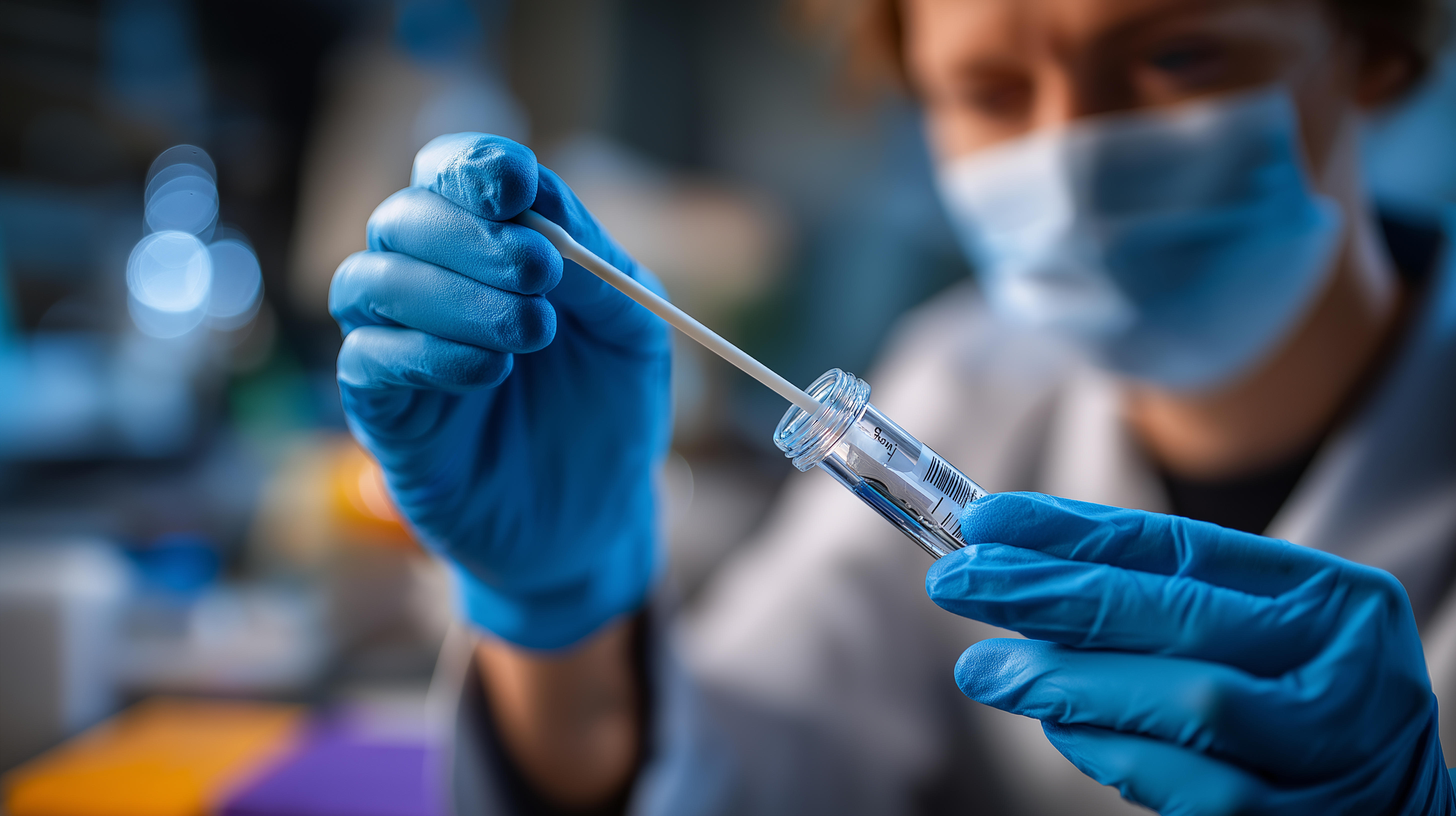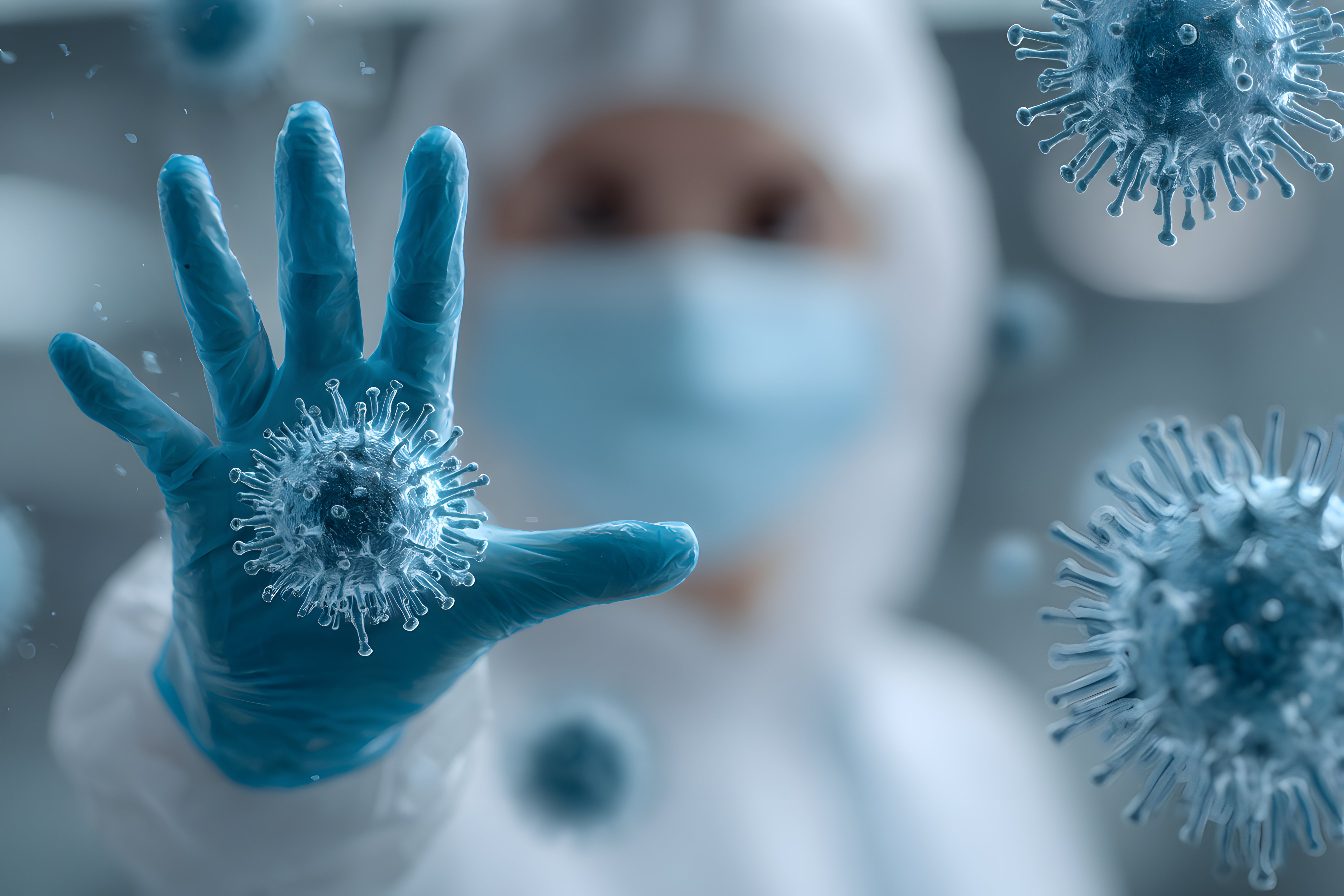Proper cleaning and disinfection of medical instruments is critical to prevent the spread of dangerous microorganisms. Bacteria, viruses, fungi, yeasts, spores and other microorganisms can make patients and medical personnel sick. Any equipment that has been in contact with a patient, such as endoscopes, should be disinfected before being reused.
Standards for high-level medical device disinfection have been established by organizations such as the CDC in the U.S. and the NEN in Europe. High-Level Disinfection, according to the Spaulding classification, requires the destruction of all bacteria, fungi, mycobacteria, and viruses, though small numbers of bacterial spores may remain.
Problems with using chemicals for disinfection
Until recently, the only way to disinfect equipment at this level was to use aggressive chemicals, such as sodium dichloroisocyanurate, high-concentration alcohol solutions (70-90%) or hydrogen peroxide solutions.
Unfortunately, some of these chemicals can cause damage to equipment, health problems for medical personnel and environmental problems.[i]
Chemicals can harm medical personnel
Although medical personnel are well trained, chemical spills can happen and can be very dangerous. For example, hydrogen peroxide can cause serious eye injuries. Chemicals in the air can also cause asthma[ii].
Chemicals can damage medical equipment
Disinfecting chemicals can damage delicate and expensive medical equipment. For example, hydrogen peroxide and peracetic acid solutions can damage certain metals in these instruments. Prolonged use of some chemicals can damage the plastic coating of a flexible insertion tube.[iii]
Chemical disinfection is expensive and wasteful
In health care, chemical disinfection generates waste. Washers use chemicals in disposable, single-use containers that eventually end up in solid waste facilities. And the energy costs andCO2 generated to produce, transport and then filter chemicals from wastewater are significant.[iiii]
All types of medical equipment must first undergo manual pre-cleaning. Then the device is placed in a specialized washing machine. These machines use hot water and detergent, along with disinfecting chemicals, and the process takes a long time.
A single chemical disinfection cycle consumes many gallons of clean water. And the total process (including pre-cleaning, washing, drying and transportation) can take up to 4 hours - precious time during which medical equipment cannot be used for other patients.
A more reliable, greener alternative
For a more durable - and reliable - disinfection option in healthcare, a UV disinfection device, such as the UV Smart D60, does not use chemicals. After a manual pre-cleaning of visible dirt, UV-based technology will kill all organisms where light hits the surface of a device.
UV disinfection requires only a few seconds of power. This time savings allows medical staff to work more efficiently.
In addition to time and energy savings, the cost per disinfection cycle of UV-C is lower compared to chemical methods because it does not require gallons of water, chemicals or single-use consumables. And it's also safer for medical staff. Read our article on How to minimize the cost of ENT endoscopes.
More sustainable healthcare requires durable medical devices, reusable instead of disposable materials and reduced water consumption. Choosing a disinfection device such as the UV Smart D60 is an important step in making healthcare greener and more sustainable.
[i] https://www.cdc.gov/niosh/docs/2001-115/default.html
[iii] https://news.yale.edu/2019/08/02/healthcare-industry-major-source-harmful-emissions







.jpg)
